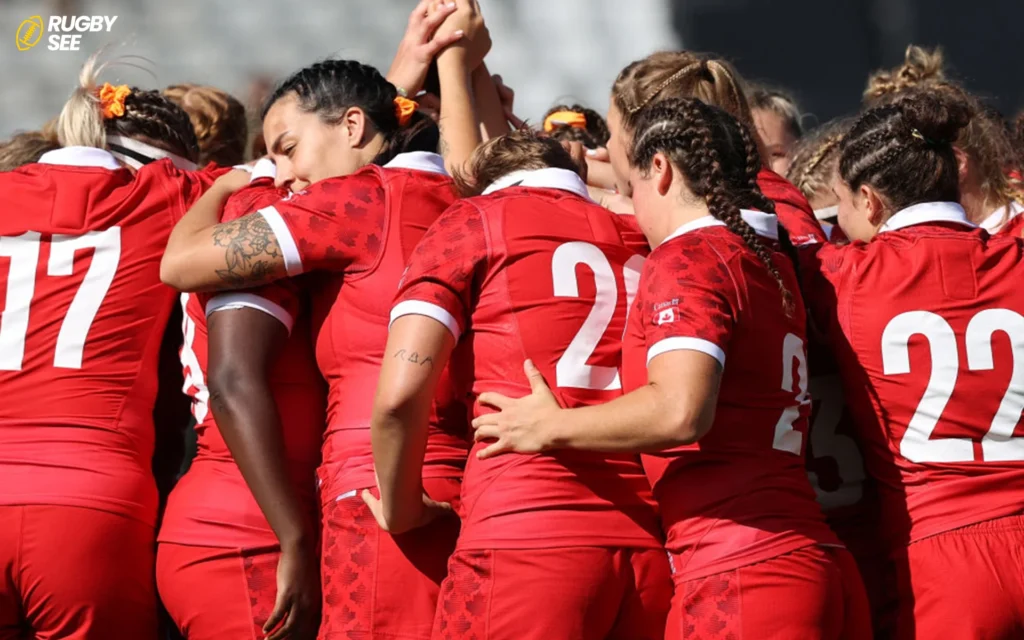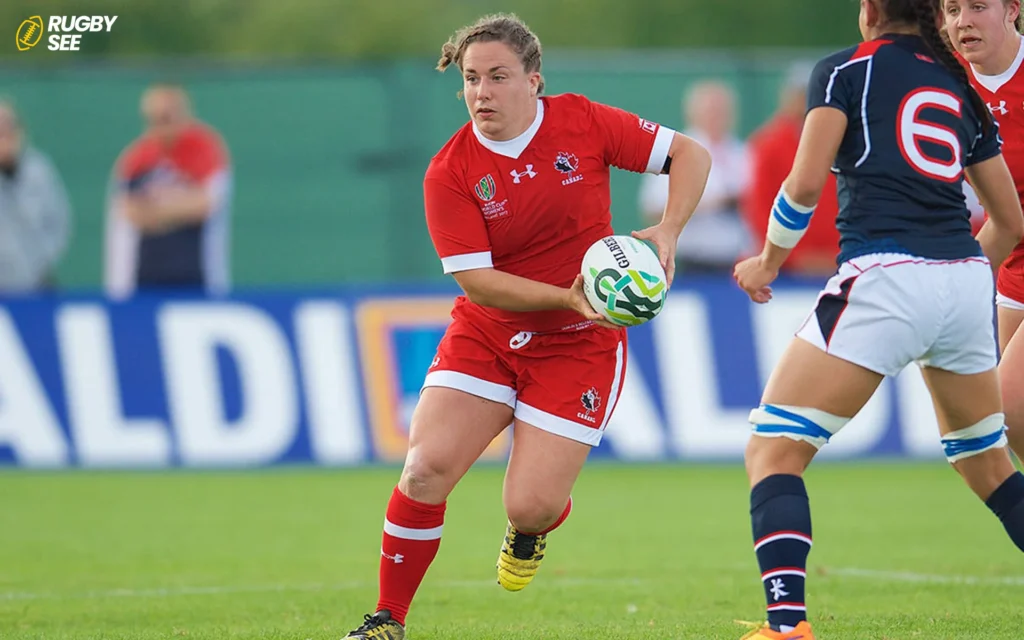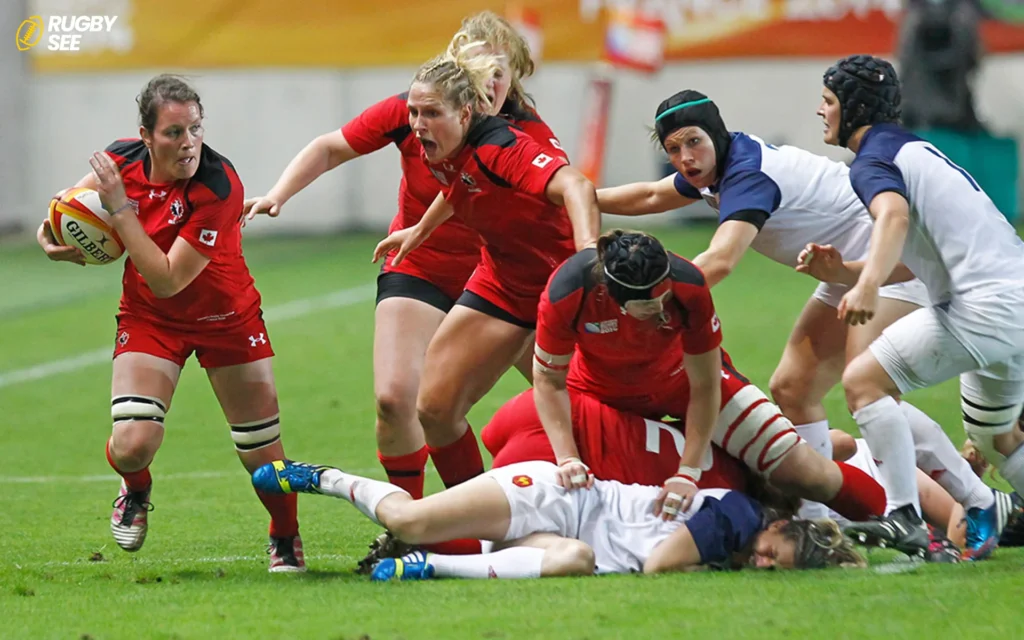The debate over whether rugby players are stronger than football players has been a topic of discussion among sports enthusiasts for years. Both rugby and football (or soccer in some regions) require a high level of physicality, strength, and athleticism, but the demands of each sport differ significantly. In this article, we will explore the factors that contribute to the perceived strength of rugby players compared to football players and debunk some common myths surrounding this topic.
Understanding the Physical Demands of Rugby and Football:
Before delving into the comparison, it’s essential to understand the unique physical demands of rugby and football:
Rugby: Rugby is a full-contact sport that requires players to possess a combination of strength, power, endurance, and agility. Rugby players participate in scrums, tackles, rucks, mauls, and sprints throughout the game, requiring them to have a well-rounded athletic profile. The physical nature of rugby demands muscular strength to engage in collisions, explosive power to accelerate and change direction, and endurance to sustain high-intensity efforts over 80 minutes of play.
Football: Football, or soccer, is a dynamic sport that emphasizes speed, agility, and skillful ball control. Football players engage in a mix of aerobic and anaerobic activities, including running, sprinting, dribbling, passing, and shooting. While football players may not engage in the same level of physical contact as rugby players, they still require strength and power to outmuscle opponents, win duels, and execute explosive movements on the field.
Debunking the Myths:
Now, let’s address some common myths surrounding the strength comparison between rugby and football players:

Myth #1: Rugby Players are Inherently Stronger than Football Players:
While rugby players are renowned for their physicality and toughness, it’s important to recognize that strength is just one component of overall athleticism. Football players may have different physical attributes, such as speed, agility, and technical skill, which are equally important in their sport. Strength alone does not determine athletic superiority, and both rugby and football players undergo rigorous training regimens to optimize their performance on the field and if you want to know about Rugby Possitions read Does rugby have positions?
Myth #2: Rugby Players Lift More Weights than Football Players:
While strength training is a crucial aspect of athletic development in both rugby and football, the specific training protocols may vary based on the demands of each sport. Rugby players often focus on compound lifts, such as squats, deadlifts, and bench presses, to build functional strength and power for on-field performance. Similarly, football players incorporate strength training into their routines to improve speed, explosiveness, and muscular endurance. The type and intensity of strength training may differ between sports, but both rugby and football players prioritize physical conditioning to excel in their respective disciplines.
Myth #3: Football Players are Leaner and More Aerobic than Rugby Players:
While football players may exhibit a leaner physique due to the aerobic nature of their sport, rugby players are equally capable of achieving high levels of cardiovascular fitness. Rugby matches require players to cover significant distances at varying intensities, combining aerobic and anaerobic energy systems. As a result, rugby players often possess impressive cardiovascular endurance in addition to their strength and power. Similarly, football players engage in interval training, sprints, and tactical drills to enhance their endurance and match fitness.

Exploring Strength Training Approaches:
To gain further insight into the strength training approaches of rugby and football players, let’s delve into the specific methodologies employed by athletes in each sport:
Rugby Strength Training:
Rugby players engage in a variety of strength training exercises and techniques to enhance their physical capabilities for the demands of the game. These may include:
- Compound Lifts: Rugby players often prioritize compound lifts such as squats, deadlifts, bench presses, and overhead presses to develop overall strength and power. These exercises target multiple muscle groups simultaneously, mimicking the functional movements required during matches.
- Functional Movements: In addition to traditional strength exercises, rugby players incorporate functional movements that replicate actions performed on the field, such as pushing, pulling, twisting, and carrying. Exercises like sled pushes, farmer’s walks, and medicine ball throws help improve functional strength and dynamic stability.
- Plyometrics: Plyometric exercises, such as box jumps, bounding, and depth jumps, are incorporated into rugby training programs to enhance explosive power and agility. Plyometrics involve rapid stretching and contracting of muscles, improving reactive strength and neuromuscular coordination.
- Speed and Agility Drills: Rugby players undergo speed and agility training to develop acceleration, deceleration, change of direction, and lateral movement skills. Cone drills, ladder drills, and shuttle runs are commonly used to improve agility and footwork on the field.
- Recovery and Injury Prevention: Rugby players prioritize recovery strategies such as foam rolling, stretching, mobility exercises, and massage therapy to reduce muscle soreness, prevent injuries, and optimize recovery between training sessions and matches.
Football Strength Training:
Football players also incorporate a variety of strength training methods tailored to the specific demands of their sport:

- Explosive Power: Football players focus on developing explosive power for short bursts of maximal effort required during sprints, jumps, and tackles. Exercises such as power cleans, kettlebell swings, and plyometric drills are used to improve rate of force development and athletic explosiveness.
- Speed and Agility: Football players undergo speed and agility training to improve acceleration, deceleration, change of direction, and quickness on the field. Agility ladder drills, cone drills, and shuttle runs help football players enhance their agility, coordination, and reaction time.
- Position-Specific Training: Football players often engage in position-specific strength exercises and drills tailored to the demands of their role on the field. Linemen focus on developing brute strength and power for blocking and pushing opponents, while skill position players prioritize speed, agility, and explosiveness for running, catching, and evading defenders.
- Core Stability: Core strength and stability are essential for football players to maintain balance, posture, and control during dynamic movements and collisions. Exercises such as planks, Russian twists, and anti-rotation exercises help strengthen the core muscles and reduce the risk of lower back injuries.
- Injury Prevention: Football players incorporate injury prevention strategies such as mobility work, dynamic stretching, foam rolling, and proprioceptive training to reduce the risk of common football injuries, including ACL tears, ankle sprains, and hamstring strains.
Conclusion:
While rugby and football players share a commitment to strength training and physical preparation, the specific exercises and methodologies may vary based on the unique demands of each sport. Both rugby and football players prioritize strength, power, speed, and agility in their training programs to optimize performance and minimize the risk of injury on the field.
Rather than comparing the strength of rugby and football players in isolation, it’s essential to recognize the diverse skill sets, physical attributes, and training philosophies that contribute to athletic success in each sport. Both rugby and football celebrate the pursuit of excellence, teamwork, and competition, enriching the global sporting landscape with their unique traditions and legacies.
In conclusion, the debate over whether rugby players are stronger than football players is nuanced and multifaceted. While rugby players excel in physical confrontations and demonstrate impressive strength and power, football players possess unique skills and attributes that contribute to their success on the field. Strength is just one aspect of athleticism, and both sports require a combination of physical, technical, and mental abilities to compete at the highest level and if you want to know about Rugby Unions Rules read Have Rugby union rules changed?
Rather than comparing the strength of rugby and football players, it’s essential to appreciate the diverse skill sets and athletic qualities exhibited by athletes in each sport. Both rugby and football celebrate the human capacity for excellence, resilience, and teamwork, enriching the global sporting landscape with their distinct traditions and legacies.










